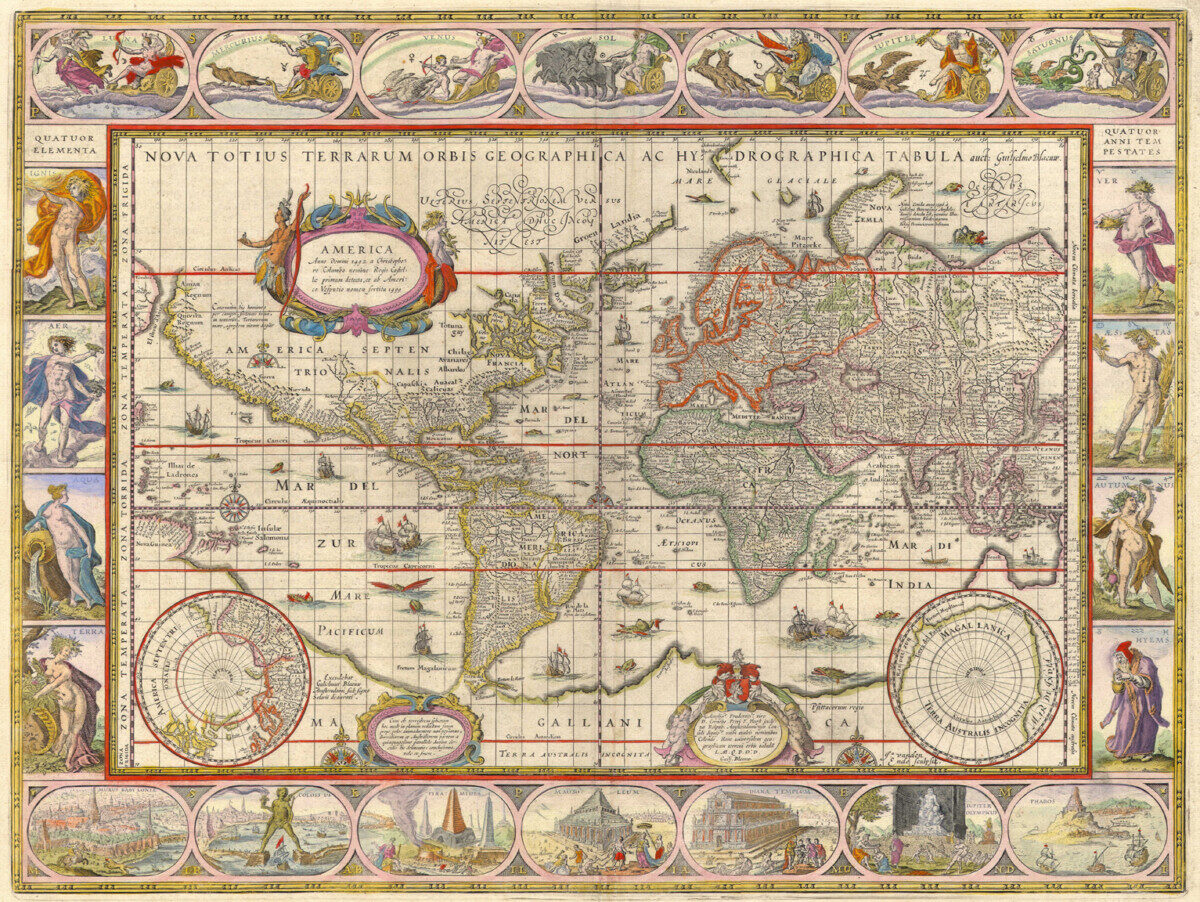Unlike globalization in the 17th century, which mainly focused on the exchange of goods, people today give less attention to the place of production of everyday items and globalization certainly includes new aspects. As mentioned by Hamann in “The Mirrors of Las Meninas,” since we now have a huge global network of transportation, the expense of shipping products has reduced significantly, and companies simply establish factories in countries where the cost is the lowest. Therefore, I think a collection of exotic objects is no longer the most suitable representation of globalization in the 21st century; instead, the development of the Internet facilitates the instant spread of news and ideas and characterizes the novel trend in globalization. People can now watch live shows on the other side of the globe while lying comfortably on their couch, and I get to see my parent in China through the screen every week.
One item that I would like to put into the exhibition of modern globalization is Twitter. Through social media like this, strangers from different countries can debate about politics, and anyone can share their thoughts for billions to read. While most ordinary people in the 17th century could not benefit much from globalization, I believe every person has something to gain from social media. In this sense, the globe really becomes a village and ideas can travel freely without borders.
